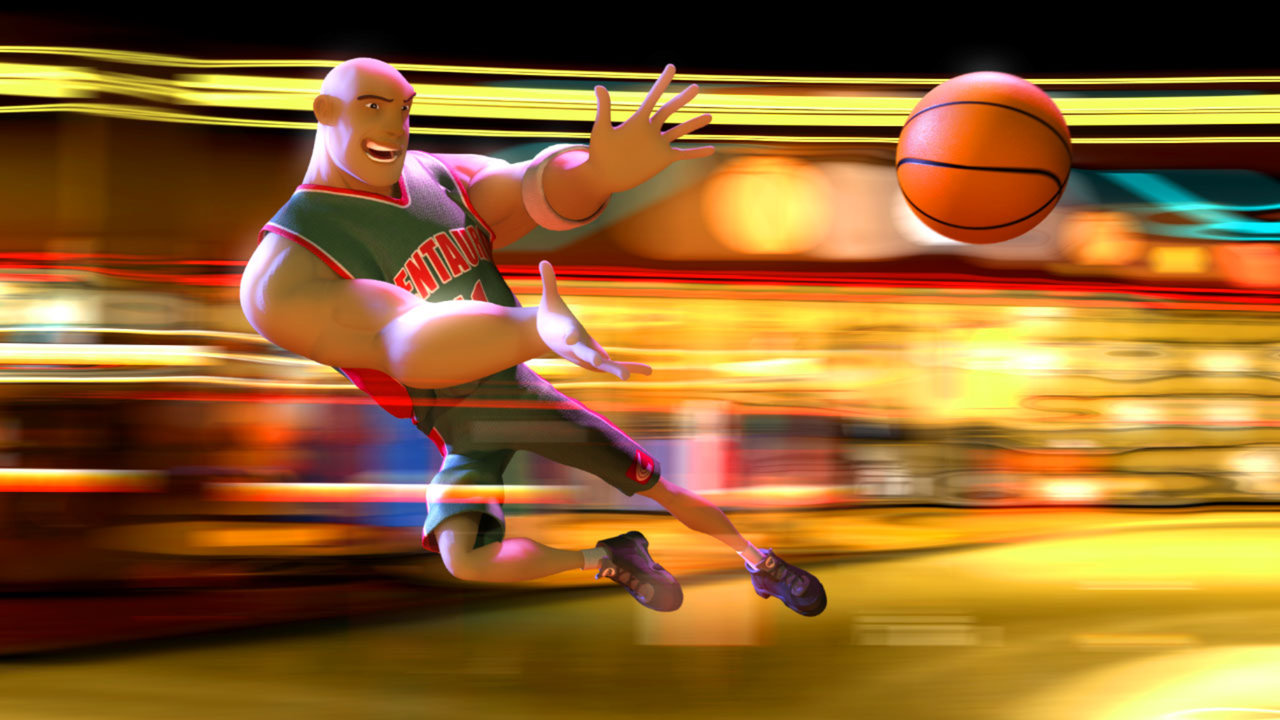Our "Creating Dynamic Poses for Your 3D Characters: A Guide to Body Language" PDFs

The advancement of 3D personality design has happen a long method since the very early times of computer system graphics. Over the years, approaches have evolved to develop a lot more sensible and meaningful characters in video games, flicks, and other forms of digital media. In this short article, we will definitely discover the past history of 3D character design techniques and how they have modified over opportunity.
The Beginning: Polygonal Modeling
The 1st step in the direction of developing 3D characters was polygonal modeling. It entailed making a 3D net created up of polygons that can be adjusted to make various shapes and types. This method was used in very early video games like Pac-Man and Donkey Kong.
Nevertheless, polygonal choices in had its limitations. Characters created utilizing this procedure had flat surface areas that was without appearance and information. They also had limited activity capacities.

Texturing: Including Realistic look to Personalities
To make characters even more authentic, texturing was introduced as a procedure for adding colour and appearance to the surface areas of 3D styles. This made it possible for professionals to develop a lot more detailed characters along with reasonable skin hues, hair different colors, and clothes textures.
Structure likewise enabled artists to incorporate depth and information by using bump maps or regular charts that simulated surface particulars like wrinkles or scales on reptilian creatures.
Rigging: Producing Movement in Characters
While distinctive styles looked terrific on display screen or newspaper, they were still fixed items without any action capacities. That's where gear happened into play.
Gear involves adding bone tissues or joints inside a style which enables animators to adjust it like a puppet on strings. With gear happens the capability for characters to relocate their branches reasonably when functioning or hopping; facial articulations may be animated as well with simplicity.
Emaciated Animation: Carrying Life-like Activity
Skeletal animation is another technique that revolutionized the world of 3D personality style through making it possible for animators to make natural-looking activities without having to manually animate each structure one at a time.
Utilizing emaciated animation, animators may generate credible movements through specifying a skeleton for the personality and at that point relocating it all around. This technique enables for even more fluid motion, particularly when producing intricate movements like working or leaping.
Motion Capture: Taking Reality to Computer animation
Activity capture is another technique that has transformed the world of 3D character concept. It entails capturing real-life movements of actors and moving them onto digital characters using specialized software application.
With medical animation companies , animators may develop practical motion in characters along with very little attempt. Actors put on specialized satisfies or pens that are tracked by video cameras which document their movements. These activities are then transmitted onto a 3D style in software application, offering it natural movement.
Real-Time Rendering: Creating Interactive Characters
Real-time making is a strategy utilized to provide 3D models with high-quality graphics in real-time. This procedure produces it feasible to develop active personalities in video activities or virtual truth atmospheres.
Real-time leaving has grew over opportunity with the introduction of brand new modern technologies like radiation track and global lighting. These advancements have helped make it possible to render complicated illumination effects in real-time, producing electronic atmospheres look more realistic than ever before in the past.
Conclusion
In verdict, the evolution of 3D personality layout approaches has happen a lengthy method since its early days of polygonal modeling. From texturing and setting up to skeletal animation and motion squeeze, each innovation has brought us closer to generating realistic characters that behave truthfully on monitor or paper.
With brand-new technologies developing every day, we can easily expect even extra amazing growths in the industry of 3D character design in the near future. The options are limitless!
